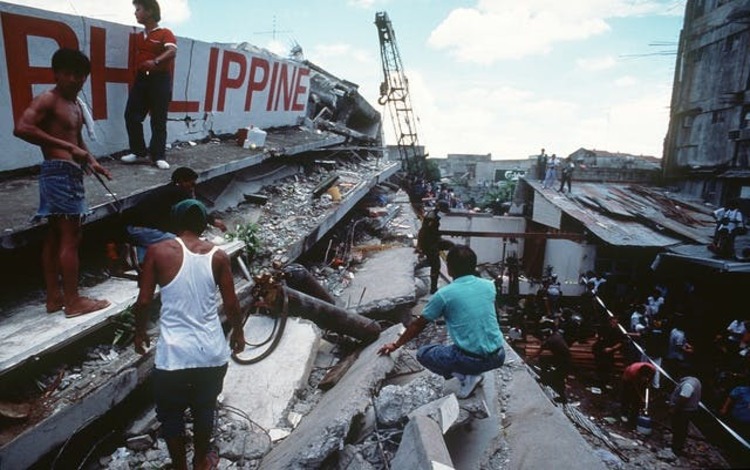Up to 46,993 casualties and 156,000 injuries could occur if a 7.2-magnitude earthquake strikes Metro Manila, warned former Office of Civil Defense (OCD) administrator Alexander Pama on Wednesday. Speaking at the Asia-Pacific Ministerial Conference on Disaster Risk Reduction held at the Philippine International Convention Center in Pasay, Pama emphasized the potentially devastating impact on Metro Manila’s 14.6 million residents.

“If we extrapolate the data, we could see around 46,993 fatalities and 156,000 injuries in the event of a 7.2-magnitude earthquake,” Pama said during the plenary session. His comments highlighted the need to revisit existing disaster preparedness plans and address vulnerabilities.
Pama, who also served as the executive director of the National Disaster Risk Reduction and Management Council (NDRRMC), pointed out that the Philippines has had a disaster preparedness master plan in place for the past two decades. However, with significant changes in Metro Manila’s landscape and population since the plan’s inception in 2004, there is a growing need to update it.
“Between 2004 and 2024, a lot has changed. The basic statistics and data need to be revisited to reflect current realities,” he stressed.
A major concern raised by Pama was the vulnerability of informal settlements in the capital. These densely populated areas, which often lack adequate structural oversight, pose significant risks in the event of a major earthquake. “Can you imagine a 20-square-meter lot with five stories, and more being added each year without proper supervision?” he remarked, pointing to the structural instability in many of these communities.
Pama’s warnings come as the Philippine government reviews its disaster preparedness strategies in response to a United Nations recommendation urging the country to be ready for the possibility of a “big one.” Environment Secretary Maria Antonia Yulo-Loyzaga confirmed that a review of the 2004 master plan is currently underway to address emerging risks and ensure the country’s readiness for major disasters.
As Metro Manila continues to grow and develop, experts like Pama emphasize that updating and reinforcing disaster preparedness efforts are critical to minimizing casualties and injuries when a major earthquake hits. The government is now tasked with refining its plans and implementing stronger measures to protect its citizens from the looming threat of a massive earthquake.
